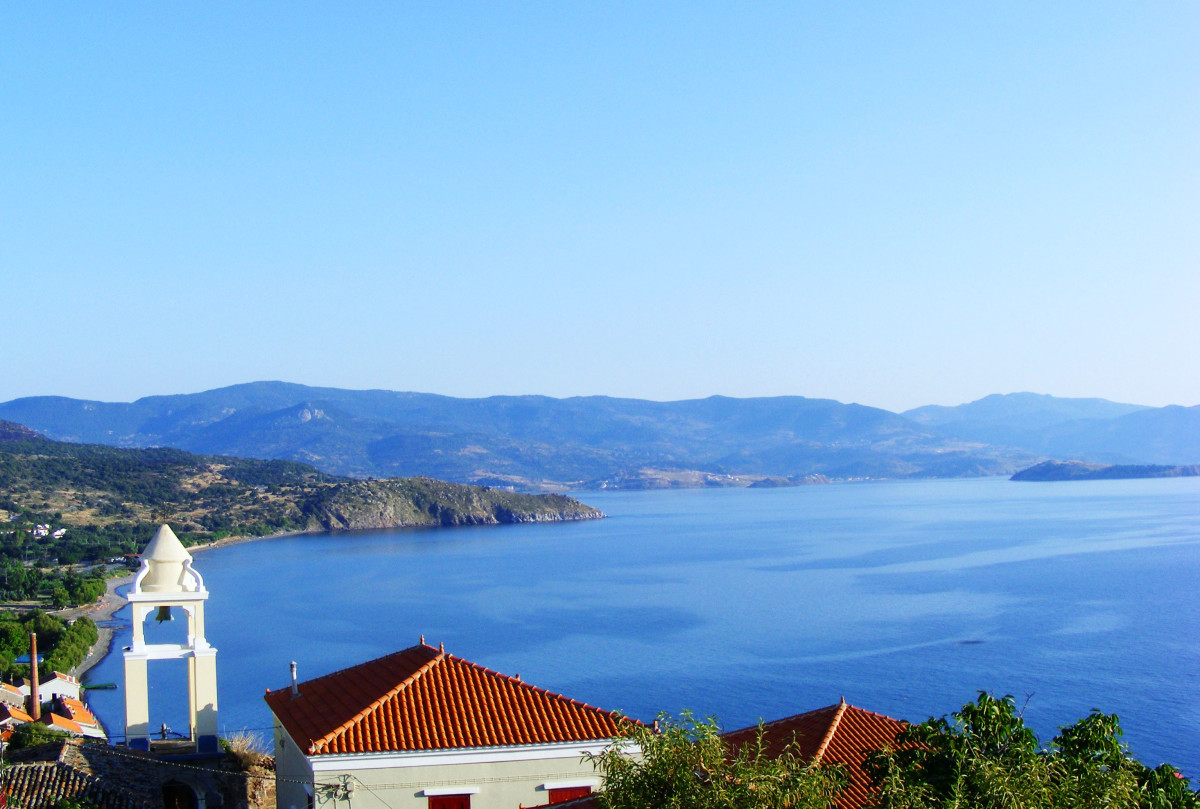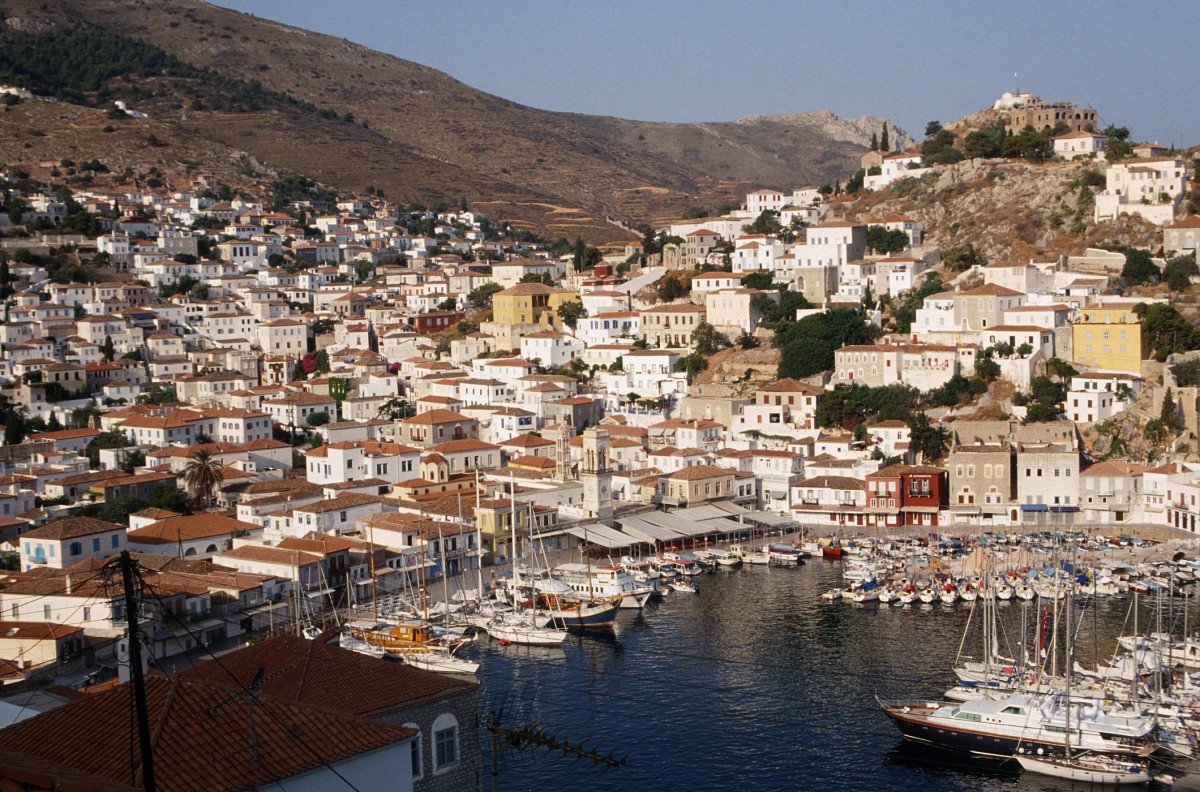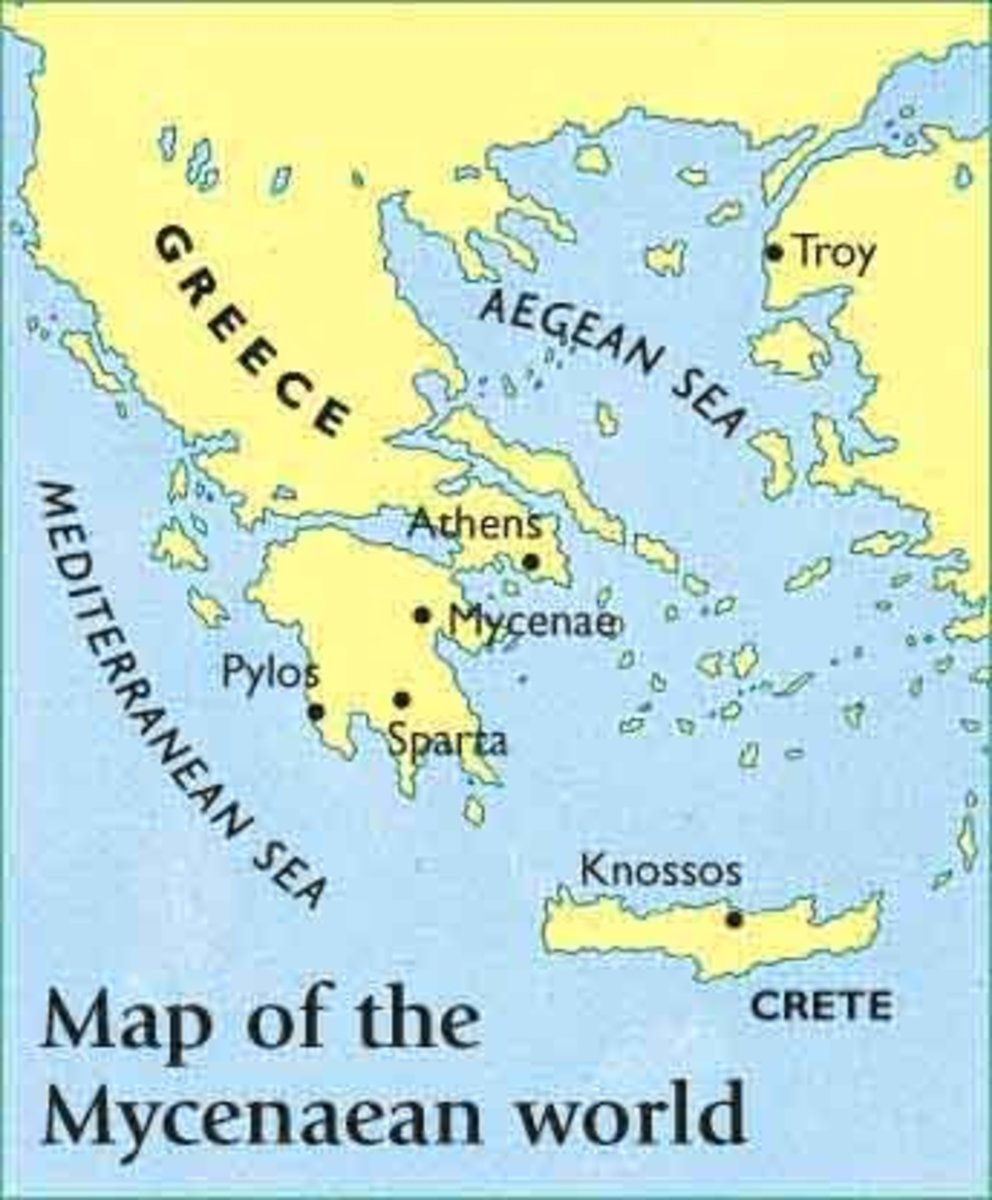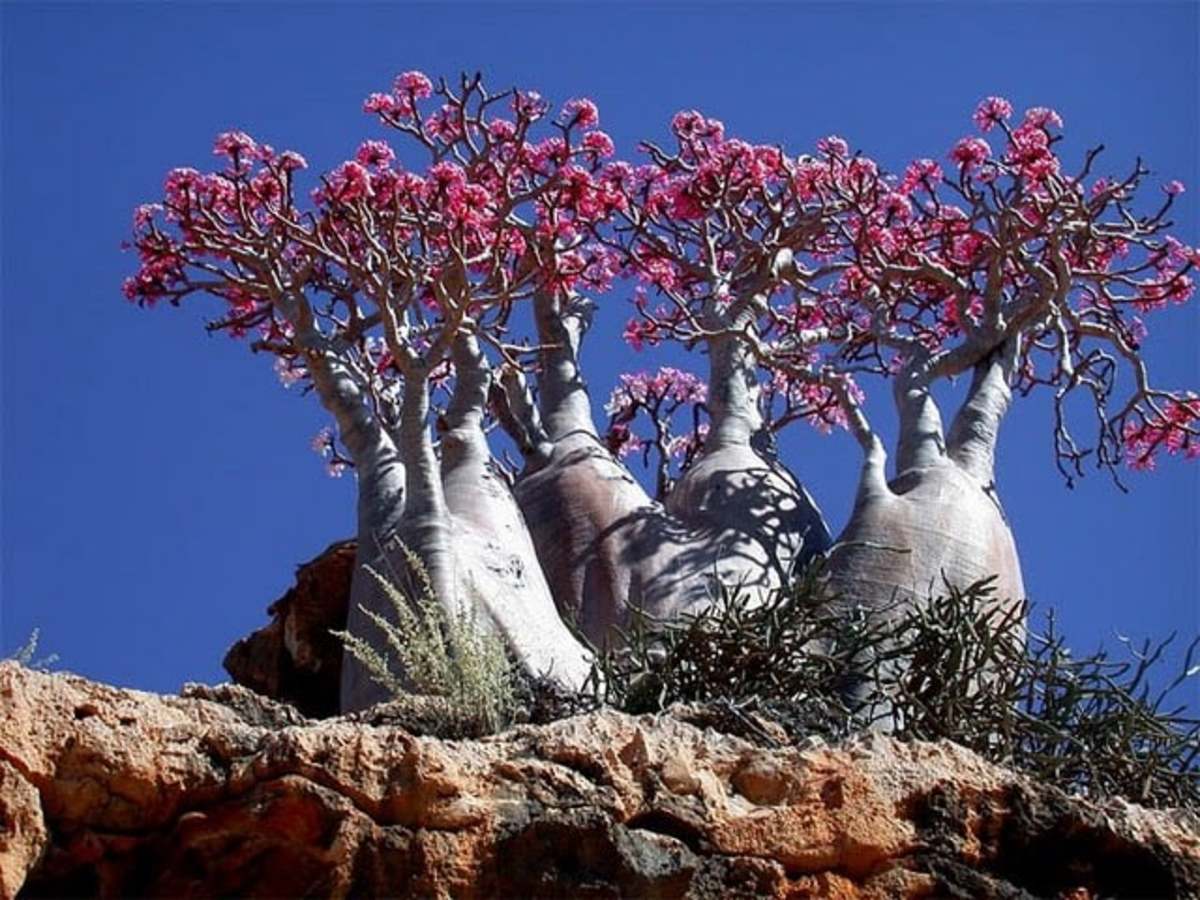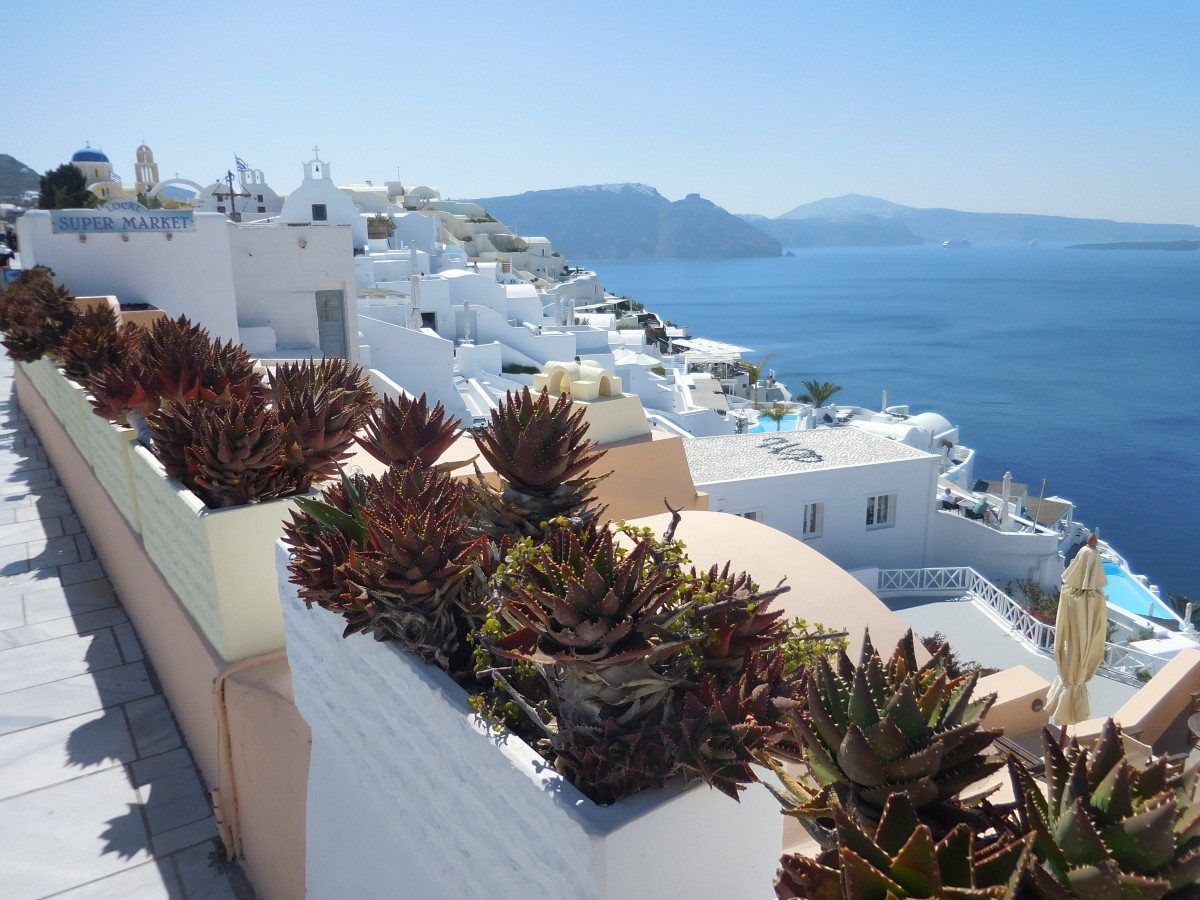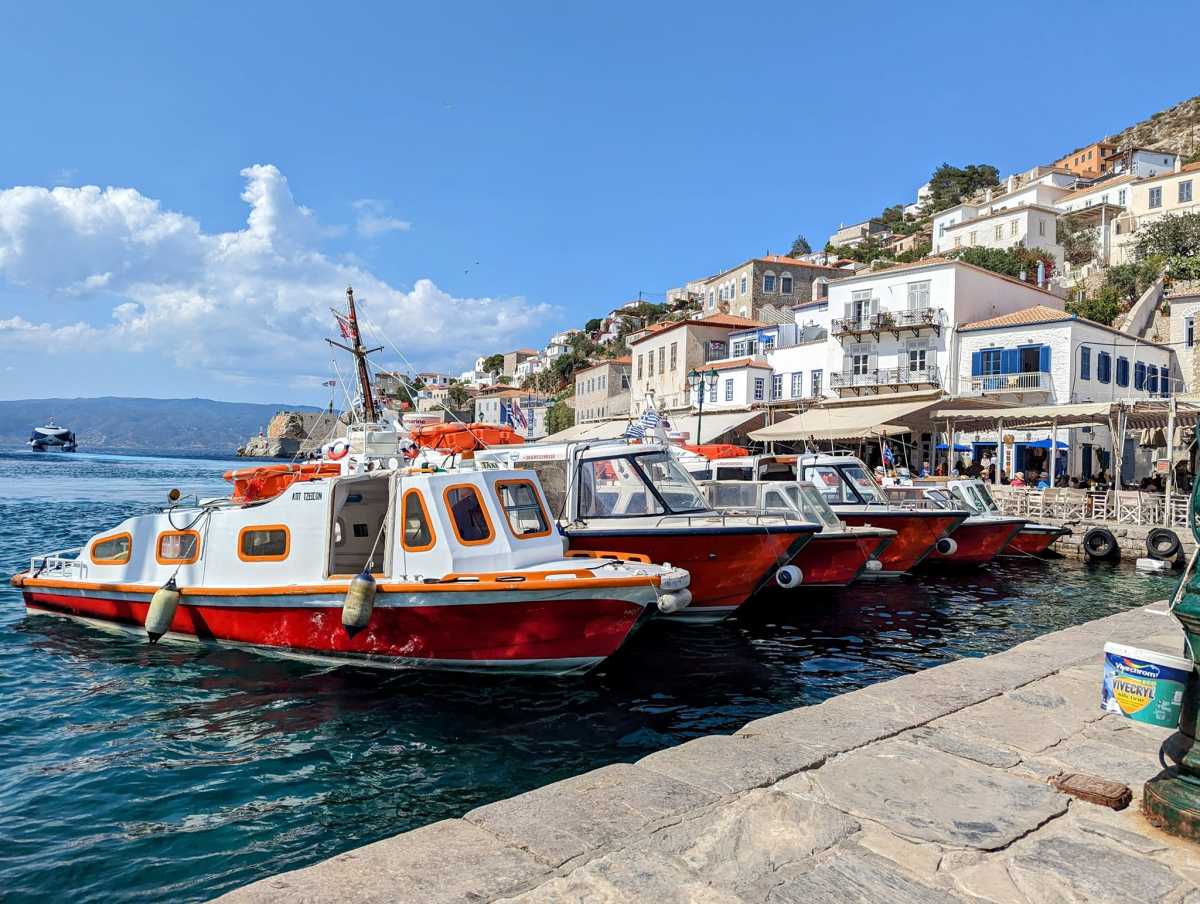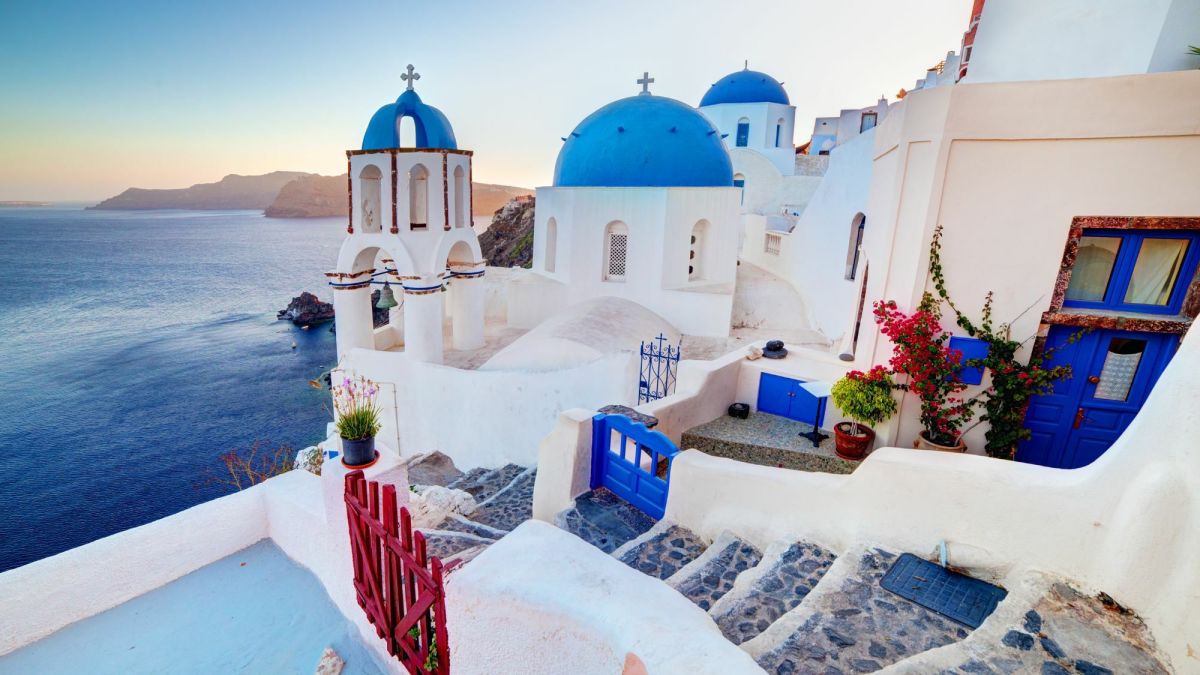Greek Islands: Cyclades — Mýkonos and Delos
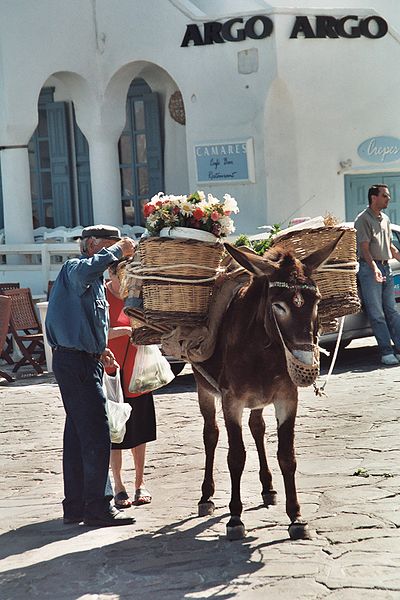
Bucket List: Greek Island Cruise
My bucket list of things to do and places to see before I am too old and infirm to travel contained an entry about taking a Greek Islands cruise. I still have a long way to go before I won’t be able to travel, but I did have an opportunity to visit mainland Greece and two Greek Islands.
Several years ago, my boyfriend and I were living and working in Stockholm, Sweden. His company sent him there to work at a customer’s location. I obtained a consulting contract with the customer, AB Trav Och Galopp, a harness racing track.
After we had been in Stockholm for a while, we were told that we could take a 10-day vacation from our assignments, so we decided to go to Greece.
I contacted a travel agency in Greece, and they made the transportation arrangements for us. I arranged for our accommodations.
We flew from Stockholm, Sweden to Copenhagen, Denmark to Athens, Greece. We were met at the airport and driven to the port of Rafina. From Rafina, we took a ferry to Mýkonos, one of the islands in the Cyclades (pronounced sigh-kluh-dees) island group.
Finally! My Greek island cruise!—A ferry ride at night through the Cyclades archipelago to the island of Mýkonos.
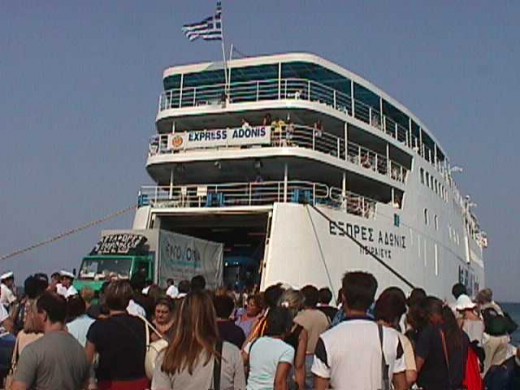
Cyclades Islands, Greece
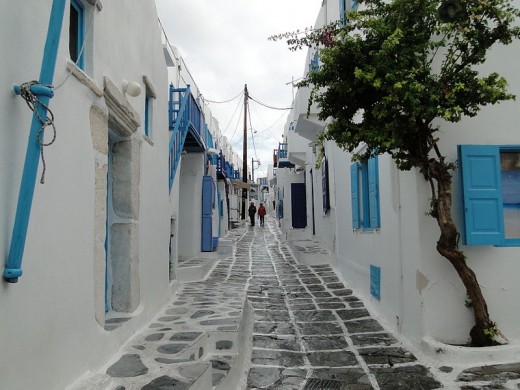
Have you vacationed in Greece?
What are the Cyclades?
The Cyclades are one of the many island groups in Greece. They're best known for their beaches and their villages with the brilliant white-washed cubist style of architecture. The island archipelago was named after the circle they form around the ancient island of Delos.
Island
| Key Facts
|
|---|---|
Amorgós
| Dramatically rugged, Amorgós is narrow and long with a few beaches. It was inhabited as early as 3300 BC.
|
Andros
| Andros is the northermost of the Cyclades. It is scorched and barren in the north and lush and green in the south. It was first colonized by the Ionians in 1000 BC.
|
Delos
| Delos is one of the most important archeological sites in Greece. It is believed to be the birthplace of Artemis and Apollo.
|
Folegándros
| Folegándros is one of the smallest of the inhabited Cycladic islands. It's bleak and arid with sheer rocky cliffs. Photographers and artists like the contrast betweenthe sheer cliffs and the striking town center.
|
Ios
| Ios has a mountainous coastline, more than 400 chapels, and beautiful beaches. It's renowned for its nightlife and is popular with younger people. The island is the burial place of the poet Homer.
|
Kéa
| Kéa was first inhabited in 3000 BC. Since ancient times, the island has been know for its wine, honey, and almonds.
|
Kýthnos
| Kýthnos is a barren island more popular with Greek vacationers than others. It's a popular meeting place for boaters.
|
Mílos
| Mílos is a volcanic island known for its fantastic rock formations, hot springs, and white villages perched on multicolored cliffs. The island was inhabited by the Minoans and Mycenæans prior to the Athenians capturing and colonizing the island in the 4th century BC.
|
Mýkonos
| Mýkonos is dry and barren, but its sandy beaches and dynamic nightlife make the island one of the most popular in the Cyclades.
|
Náxos
| Náxos, the largest of the Cycladic islands, was first settled in 3000 BC. In addition to beautiful beaches, there are gardens, vineyards, orchards, and 13th century Venetian archeological sites.
|
Páros
| Páros, the third largest island in the Cyclades archipelago, is famous for its white marble. The oldest church in Greece in continuous use is on Páros. You can see a footprint, set in stone, which is claimed to be that of Agía Theoktísti, the island's patron saint. The Greek's step onto the footprint to bring them good luck.
|
Santoríni
| Santoríni, a volcanic island, was colonized by the Minoans in 3000 BC. The volcano erupted in 1450 BC, forming the island's crescent shape. Santoríni is thought by many people to be the lost kingdom of Atlantis.
|
Sérifos
| Once rich in iron and copper mines, Sérifos now has barren hills with small fertile valleys, and long sandy beaches. In Greek mythology, Perseus and his mother Danæ were washed up on the shores of Sérifos.
|
Sífnos
| Sífnos is famous for its pottery, poets, chefs, and long sandy beaches. In ancient times, the island was renowned for its gold mines.
|
Síkinos
| Síkinos is a small, quiet island with less than 400 residents. It's considered by many to be the most ruggedly beautiful of the Cyclades.
|
Sýros
| Sýros is the commercial, cultural,, and administrative center of the Cyclades. Archaelogical digs have found Cycladic civilizations datings from 2800 to 2300 BC.
|
Tínos
| Tínos was first settled by the Ionians prior to the 4th century BC. In the 4th century, the island became known for its Sanctuary of Poseidon and Amphitrite. Tinos has more than 800 chapels. In the 1960s, the military junta delared it a holy island.
|
Mýkonos Town (or Chóra)
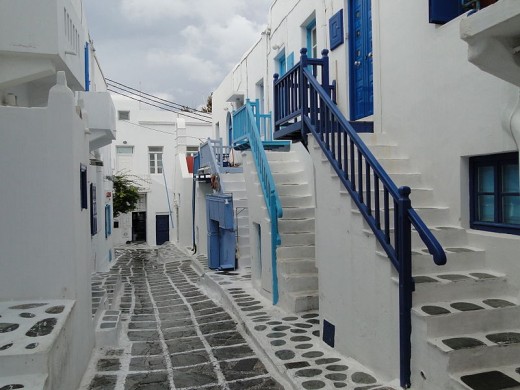
Mýkonos
Mýkonos, although dry and barren, is the most popular of the island in the Cyclades archipelago. The main city, Mýkonos Town (or Chóra), is a tangle of white cube-shaped houses built in a maze of alleys and narrow lanes. I wouldn't recommend using a map while exploring the Chóra—it won't help you. Vistors are continually getting lost in this maze of alleys, but that's part of the fun of exploring the area.
In case my readers are wondering, we became lost in Mykonos Town...more than once. What's funny about this is than we kept meeting the same people is some of the dead-end alleys—other people who were also lost.
There were two reasons for constructing the city in a confusing mix of streets, both of them very clever. The wind blows from the sea toward the port. With the alleys and narrow lanes running at all different angles, the buildings were, and still are, protected from the wind. With the confusing layout of the streets, pirates arriving in the port would often decide it wasn't worth their time getting lost, so they would frequently leave without any treasures.
Mount Cynthus and the Temple of Isis, Delos
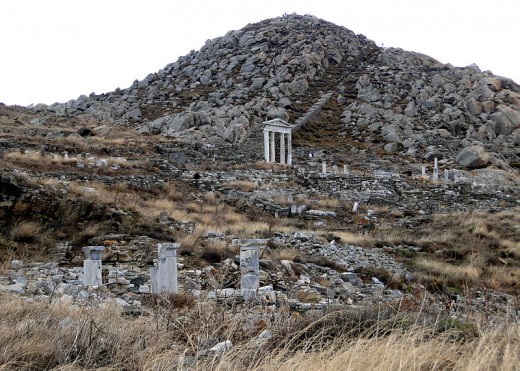
Water Taxi to Delos
The tiny uninhabited island of Delos is reached by water-taxi from Mýkonos. I have a very vivid memory of that water taxi ride...perhaps "adventure" would be a better word.
My boyfriend went to use the toilet facilities on the boat while we were still at the dock. This very small room was located on the port (left) side of the boat, the side closest to the dock. The room, a term I'm using loosely, was smaller than those found on commercial airplanes.
I was sitting in a cabin a short distance away when I heard my claustrophobic boyfriend banging on the toilet door and screaming my name. The door had the type of latch that was a bolt which slid into the door frame. One held a small knob to slide the bolt into the door frame to prevent anyone from outside the room opening the door while the room was in use.
My boyfriend closed the door, slid the bolt into the door frame, and the rusty knob on the bolt broke off in his hand. He was trapped in the tiny toilet on the water taxi!
I raced off the boat and found the boat owner on the dock. He didn't speak a word of English, and the only Greek I spoke was dolmades, moussaka, and a few other items from a Greek menu. No one else on the dock at that time could translate for us. Through hand signals, I explained what happened. Through hand signals, the boat owner explained a solution to the problem of the claustrophobic man trapped in the toilet.
The boat owner had me go back into the boat and tell my boyfriend to open the tiny porthole in the toilet. The boat owner passed a screwdriver to my boyfriend through the window. He unscrewed the door latch and was able to open the door.
Sacred Island of Delos
Tiny, uninhabited Delos is one of the most important archaeological sites sites in Greece. According to legend, Leto gave birth to Artemis and Apollo on Delos. The Ionians arrived on Delos in 1000 BC. They brought the worship of Apollo to Delos and started the annual Delian Festival. Games and music were played in Apollo's honor. By 700 BC, Delos was a major religious center. It became a pilgrimage destination, and in the 3rd and 2nd centuries BC, it was a major port. Today, Delos is an open-air archeological museum.
The Sanctuary of Dionysus has remains of huge phallic monuments from 300 BC. The House of Dionysus contains a mosaic depicting Dionysus riding a leopard. We were amazed at how much detail and color could still be seen in the mosaic tiles.
The House of Cleopatra contains headless statues of Cleopatra and her husband Dioscourides, owners of the house in 2000 BC. When we walked up to the house, it was as though Cleopatra and Dioscourides were standing outside to greet their guests.
The House of the Masks was probably a home for actors. It contains a 2nd century BC mosaic of Dionysus, god of theater, riding a panther.
There is a lake on Delos called the Sacred Lake. Long ago dried up, this lake is said to have witnessed the birth of Apollo. The Terrace of Lions is pictured below. The lions were set up to protect the Sacred Lake. The lions were carved at the end of the 7th century BC from marble found on the island of Náxos. There were nine lions originally. Only five remain today.
It was the most unbelievable experience to see the Naxian lions. Having seen photographs of the lions in books for a number of years, it was difficult for me to comprehend that I was actually seeing these carvings from the 7th century BC in person.
Lion Terrace of Delos
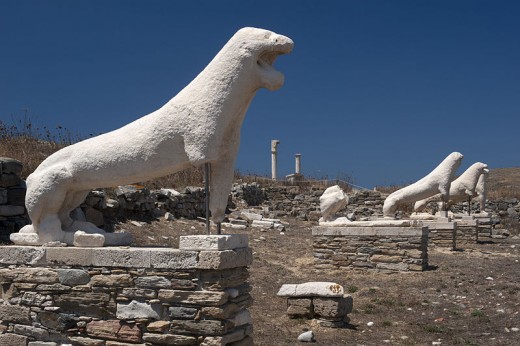
Is a Greek islands cruise on your bucket list?


